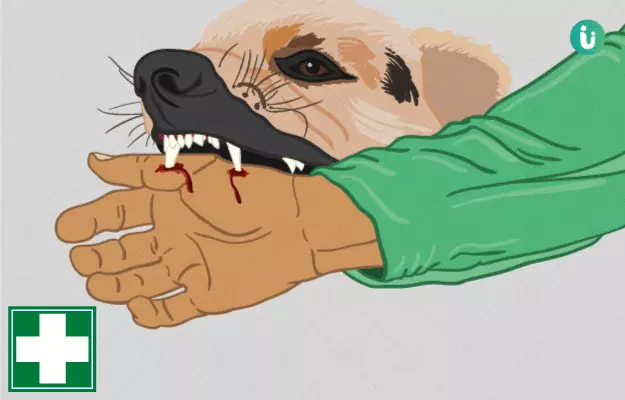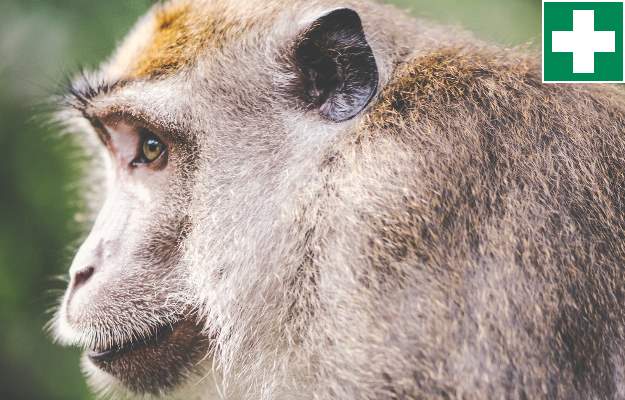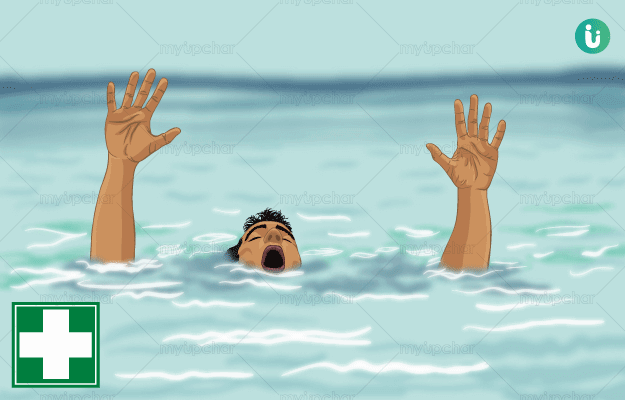No matter how careful you are, dog bites can occur quite suddenly and without warning, especially if you often interact with new dogs. While most dog bites may not result in serious injury, some could have dire consequences, including death. This makes it important to keep your cool after such an incident so you can assess the damage caused and do what you can to reduce the risk of a bad outcome.
A dog bite can occur in mainly two types of situations:
- When the dog is sick: A sick dog or one that is in pain may not want to be approached by anyone. Dogs who are infected with rabies may become more aggressive as a result of their sickness and attack.
- When the dog is feeling threatened: If a dog is being attacked or thinks someone they love is in danger, they might lash out to provide protection.
Pet dogs may also lightly bite in playful situations or while teething. These bites are usually harmless but it’s best to check to make sure the skin isn’t broken and then discourage such habits. In this article, we will discuss the steps to take immediately after a dog bite.


































